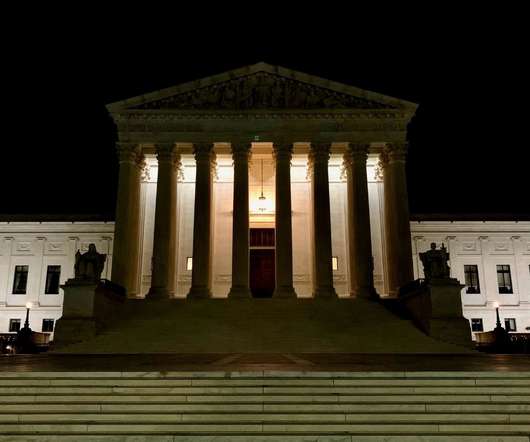Unraveling LA’s Hydrogen Combustion Experiment
Legal Planet
MARCH 6, 2023
Hydrogen’s supply-side has been buttressed by incentives from state and federal governments, refineries and utilities looking to extend the life of fossil fuel infrastructure, and renewable energy companies seeking to take advantage of the huge amounts of clean energy needed to produce green hydrogen.


















Let's personalize your content